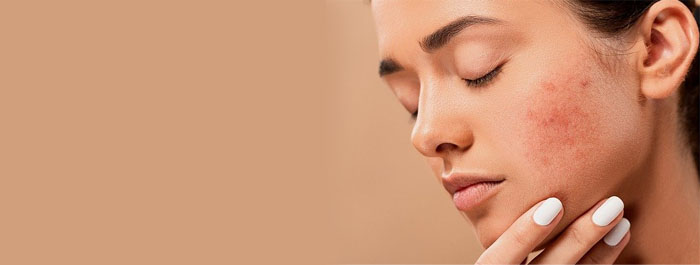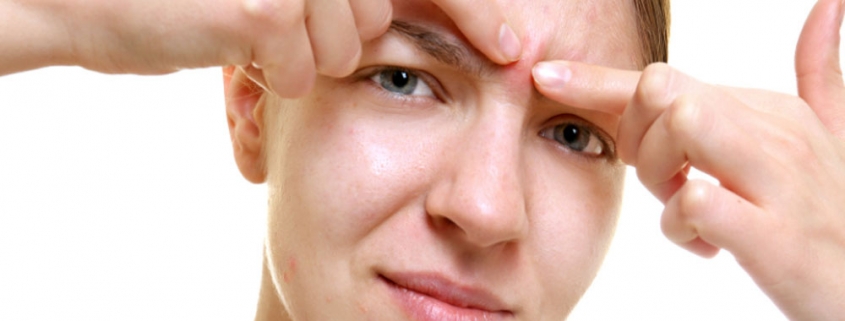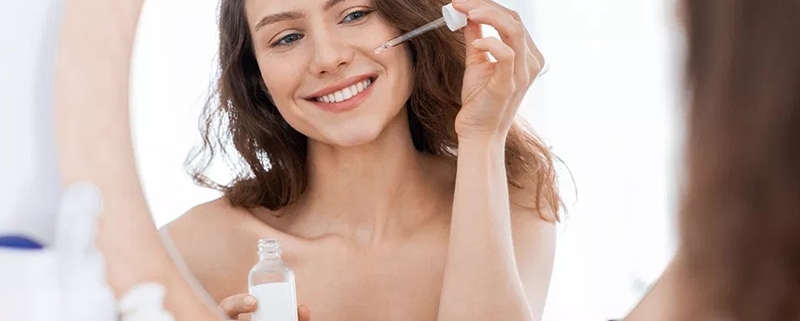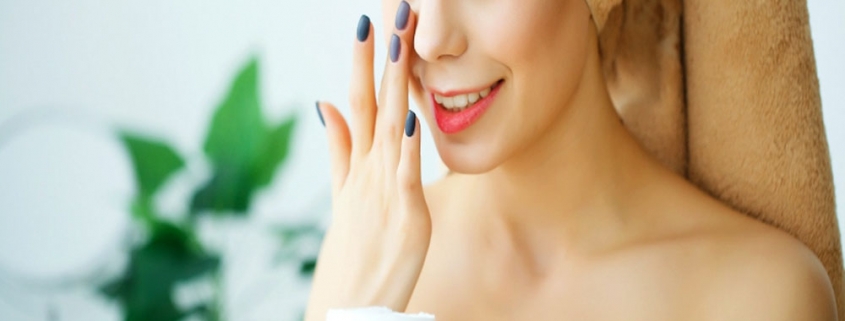Blackheads and Whiteheads
What are Blackheads?
Blackheads are small, slightly raised lesions with dark tips that appear on the skin. They are made of oxidized melanin and not trapped dirt. They are more common on the face and neck. They are usually a feature of acne not a kind of pimple. They are not inflammatory. They also have a lower texture than pimples.Squeezing or scrubbing at blackheads can make them worse. To reduce blackheads, avoid oil-based skin care products, humid environments, tight clothes, and skin products that contain alcohol. They tend to appear when hormones lead to the increased production of sebum, an oily substance, by the glands under the skin.
Causes of blackheads :
- Increased sebum production.
- Abnormal formation of keratin.
- Increased hormones (androgen).
- An increased presence of bacteria on skin that causes acne.
What are Whiteheads?
Whiteheads occur when pores become clogged with a buildup of bacteria and sebaceous material. They are Small, but firm, and white or yellow in color. They Tend to turn into pimples if untreated. They close the opening of a pore. Whiteheads are also known as close comedones. They occur with acne, often on the face, chest and back. They typically affect teenagers and young adults.
Causes of whiteheads
- increased sebum production and shedding cells in the hair follicles.
- Androgen hormones, also known as reproductive hormones, play a role, which explains why acne is widespread in puberty.
Treatments for whiteheads and blackheads
If you get blackheads you have plenty of methods to treat them. There are also ways to prevent new ones from forming. Picking, squeezing, and popping blackheads aren’t among your options. That approach could make your situation a lot worse. Certain chemical ingredients can help you remove whiteheads and blackheads. Here are some of the most effective ones:
- Salicylic acid
- Azelaic acid
- Benzoyl peroxide
- Retinoids (vitamin A derivatives)
- Oral antibiotics
- Microdermabrasion
- Chemical peels
- Laser skin resurfacing




